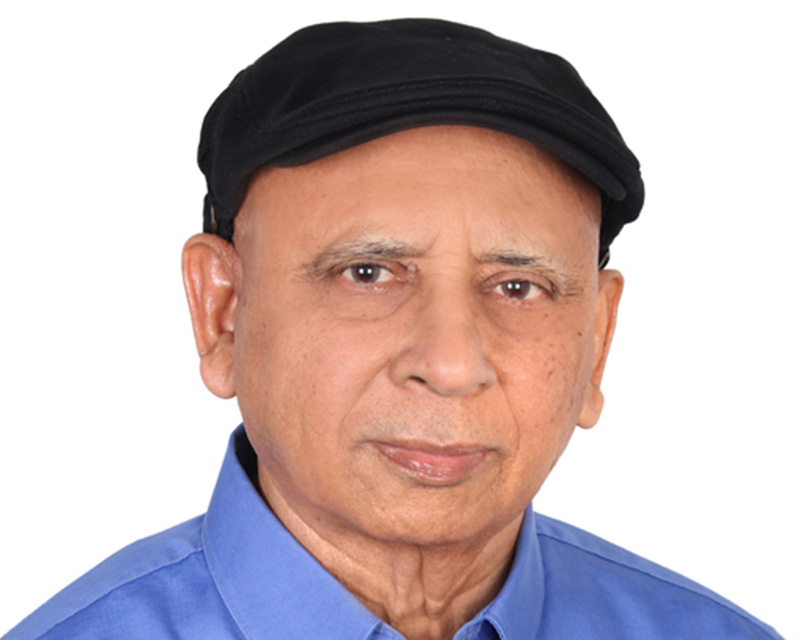Agricultural research spending has rapidly increased since the turn of the millennium: from 190 crore rupees in 2000 to 330 crore rupees in 2014
Challenges lie ahead to reach investment targets, gender equality, and agricultural university reform
August 17, 2016, New Delhi—India has one of the best-staffed agricultural research and development systems in the world and, with ongoing financial support, is poised to lead the way in combatting hunger and food insecurity, according to new data released today.
The data from IFPRI’s Agricultural Science & Technology Indicators (ASTI) program is focused on agricultural research and development (R&D) spending, funding sources, and human resource capacity, and allows users to examine key indicators across countries. Agricultural research is crucial for greater productivity, food security and poverty reduction.
“India is expected to be the world’s most populous country in just six years,” said Kalpana Sastry, Joint Director of the National Academy of Agricultural Research Management (NAARM), ASTI’s Indian partner responsible for the implementation of the project. “As the population grows and climate change advances, it’s important for India and the entire region that the National Agricultural and Education System (NARES) is adequately funded and works efficiently to face the challenges of today and the years to come.”
ASTI and NAARM found that agricultural research expenditures in India nearly doubled since 2000, but that much of this increase was driven by increased salary expenditures rather than expenditures on actual research programs. India has taken steps to bolster its agricultural spending, with a goal in its Twelfth Five Year Plan to invest at least 1% of its agricultural GDP (AgGDP) in agricultural research and education by 2017; however ASTI data reveal that this goal seems too ambitious. India currently spends 0.30% of AgGDP on agricultural research, which represents a much higher share than neighboring Pakistan (0.18%), but only half the share invested by China (0.62%).
“India has the potential to meet the global challenges ahead, but only if it makes the financial commitment to research,” said Gert-Jan Stads, senior program manager of ASTI. “Stable and sustainable levels of funding are critical to supporting effective research that yields increased agricultural productivity.”
India’s agricultural researchers are highly qualified, but gender imbalance continues to plague the field. As in many other countries, male researchers greatly outnumber female researchers. In India, only 18% of agricultural researchers are female and very few women hold research management positions. Increasing women’s representation among agricultural researchers and managers will enable the country to more effectively address the priorities and challenges of all farmers, and female farmers in particular.
Other major challenges affecting the country’s agricultural research are the long-term recruitment restrictions and stagnating budgets at universities that have increased faculty workloads and reduced the time available for research.
The private sector has a rapidly-expanding role in India’s agricultural research, making up an estimated 20% of the country’s agricultural research spending in 2009, but more recent data on private-sector investment are unavailable. “This data is critical to facilitate an accurate assessment of the impact of government policy on private innovation and, in turn, on private innovation’s impact on food security, poverty, and other development goals,” said Stads.
In addition to a factsheet that outlines main trends and challenges in Indian agricultural research, a large set of agency, state, and national-level data have been made available online on the ASTI website.
###
Agricultural Science and Technology Indicators (ASTI), led by the International Food Policy Research Institute (IFPRI) and operating within the portfolio of the CGIAR Research Program on Policies, Institutions, and Markets (PIM), collects, analyzes, and publishes quantitative and qualitative information and trends on funding sources, spending levels and allocations, human resource capacities, and institutional developments in agricultural research in low- and middle-income countries. Working with a large network of country-level collaborators, ASTI conducts primary surveys to collect data from government, higher education, nonprofit, and private for-profit agricultural R&D agencies in around 80 developing countries worldwide. www.asti.cgiar.org.
The International Food Policy Research Institute seeks sustainable solutions for ending hunger and poverty. IFPRI was established in 1975 to identify and analyze alternative national and international strategies and policies for meeting the food needs of the developing world, with particular emphasis on low-income countries and on the poorer groups in those countries. www.ifpri.org.



